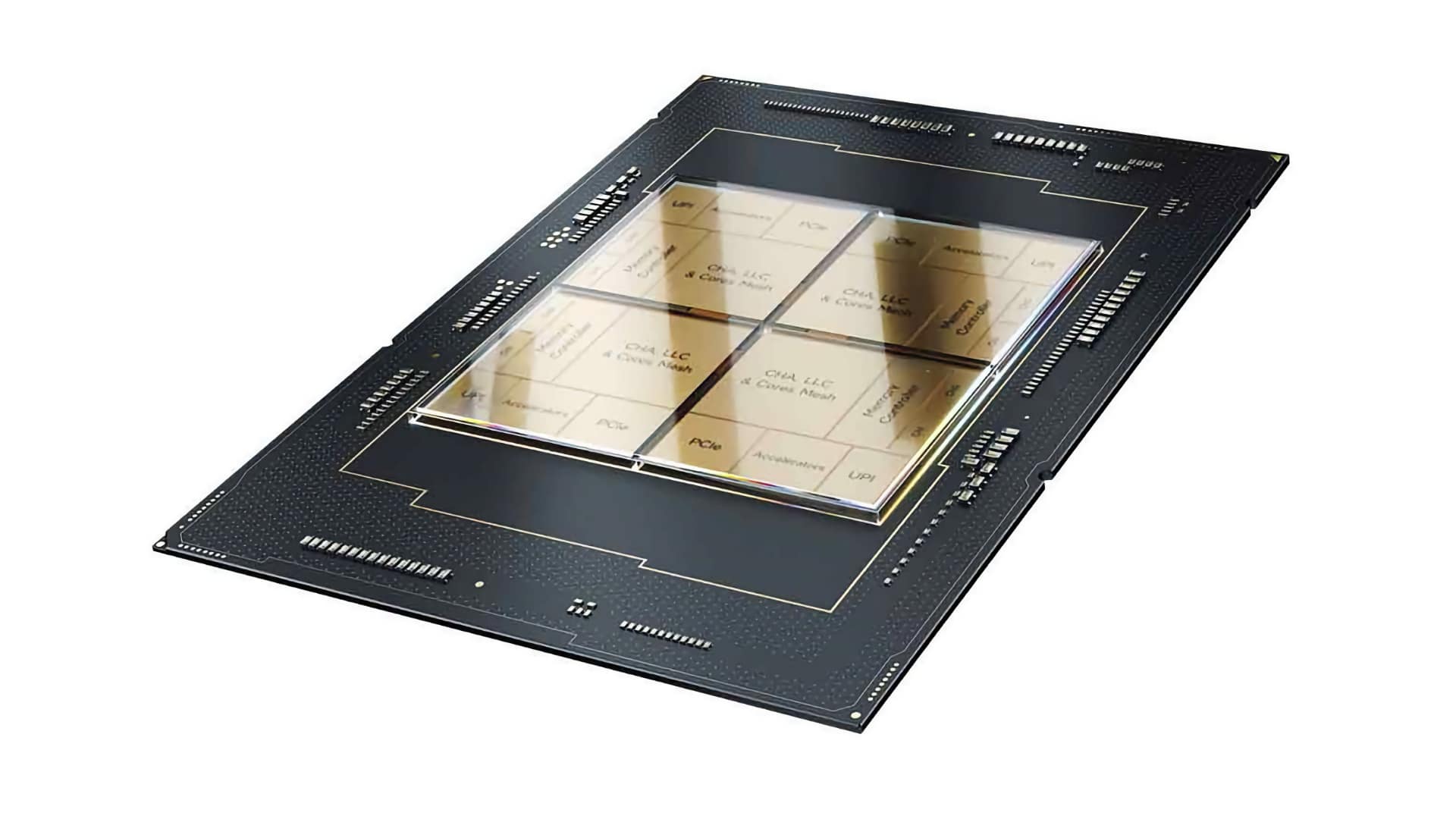
Following shortly after nVidia and AMD announced new GPUs for the next generation, Intel unveiled some new ones of its own while AMD went more epic then ever.
First up is Ponte Vecchio. While late, it's actually here; Intel has begun shipping Ponte Vecchio to Argonne National Labs for its new supercomputer. Much like the compute nodes that AMD has been developing for Cray Supercomputer, Ponte Vecchio combines a compute optimized version of Intel Xe architecture with its new Sapphire Rapids Xeon processors. Its performance is looking quite competitive with the nVidia and AMD current generation, which for a first generation product is solid, though not stellar. While these datacenter designs aren't likely to find their way directly into consumer gear, they are a preview of what's to come, because these high end bespoke products are great for R&D and so they are often previews of what's coming in future product generations.
Feature-wise, Intel is touting its ray tracing performance as well as its AI inference performance. For a few years nVidia had both of those locked up with no competitor offering dedicated hardware for either, now both are basically standard, also a common phenomemon in commodity markets. No competitor can extract market share without at least matching the market leader's feature set, even if it has superior performance.
Sapphire Rapids is the new flagship datacenter version of its 13th generation architecture, boasting a maximum of 56 performance cores. Combining Sapphire Rapids with the XeHPC GPU, Ponte Vecchio exceeds the performance of nVidia's A100 by as much as a factor of two. Like AMD's RDNA3 GPUs, Ponte Vecchio is modular, using Intel's Foveros multi-chip packaging technology.
Though we'll probably have to wait until next year for consumer variants of Intel's new Xe GPUs, it's encouraging that Intel is, rather than giving up on them, doubling down aggressively.
Meanwhile, AMD unveiled its new Zen4 EPYC lineup, which is at least as interesting. There are three variants in the lineup; at the top is the monstrous Genoa with a maximum of 96 Zen4 cores and 192 threads, AMD's new datacenter performance leader. Next is the Compute Density Optimized Zen4C which will be in the Bergamo line, adding even more core though AMD hasn't confirmed how many yet. For large cache workloads (heavy duty Houdini users will probably be all over this one) is the Genoa-X that use V-Cache, and are optimized for technical computing and database applications.
The most exciting variant however is Siena, because that one is designed to be more affordable than the massive EPYC lineup, and the reductions in I/O, memory channels, and cache reduce both manufacturing cost and power consumption. Because the entire Zen4 design emphasizes efficiency, that's a very exciting proposition for Siena in workstations, particularly mobile ones, since its power target is between 70 and 225 watts.
The upshot of all this? There is a lot to look forward to at CES 2023.
Tags: Technology GPUs


Comments